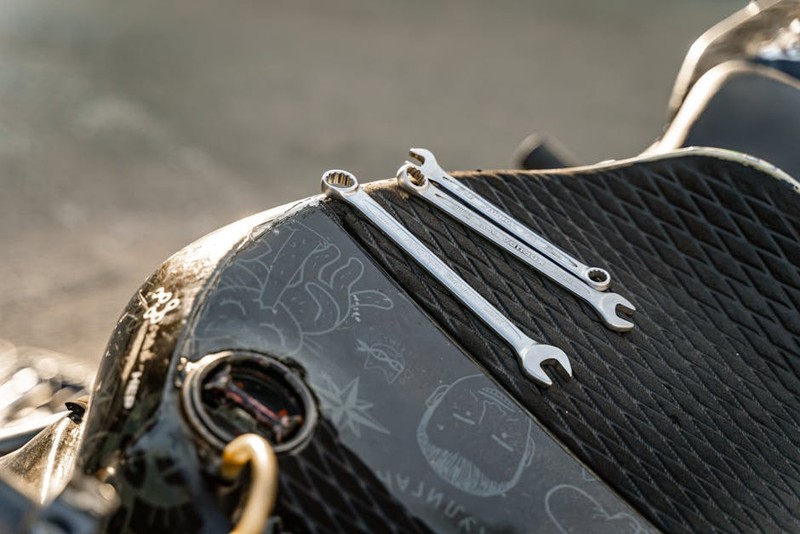The Hidden Complexity of Custom Hardware Development
Custom hardware development is often romanticized as a straightforward path from concept to product. In reality, it’s a minefield of engineering trade-offs, supply chain unpredictability, and iterative failures. Unlike off-the-shelf solutions, custom hardware demands a meticulous balance of performance, cost, and manufacturability—a trifecta rarely achieved on the first attempt.
Why Most Custom Hardware Projects Fail Early
- Over-optimization in design: Engineers often chase ideal specs without considering tolerances or real-world variability.
- Underestimating supply chain risks: A single obsolete component can derail production.
- Ignoring DFM (Design for Manufacturing): Failing to involve manufacturers early leads to costly redesigns.
In one project, we designed a high-efficiency IoT sensor node only to discover post-prototype that the selected RF module had a 6-month lead time. Lesson learned: Always cross-check component availability against lifecycle status and alternative suppliers.
Expert Strategies for Success
1. Prototyping with Purpose: Beyond “Good Enough”
🔍 Insight: Prototypes aren’t just proof-of-concept—they’re stress tests for your design.
– Phase 1 (Alpha): Focus on core functionality. Use breakout boards and modular components to validate feasibility.
– Phase 2 (Beta): Refine for reliability. Test under environmental extremes (e.g., temperature, vibration).
– Phase 3 (Pre-Production): Optimize for manufacturability. Partner with your CM (Contract Manufacturer) to identify assembly pain points.
⚙️ Case Study: For a industrial automation controller, we reduced prototyping costs by 30% by switching from 3D-printed enclosures to CNC-machined aluminum early in Phase 2. This also cut EMI issues by 40%.
| Prototyping Phase | Cost per Unit | Key Improvement |
|---|---|---|
| Alpha (Breadboard) | $120 | Functional validation |
| Beta (PCB Rev1) | $85 | EMI shielding added |
| Pre-Production | $55 | DFM optimizations |
2. Navigating Supply Chain Chaos
💡 Tip: Dual-source critical components and audit suppliers for geopolitical risks.
– High-risk components: Microcontrollers, PMICs (Power Management ICs), and connectors.
– Mitigation: Use platforms like SiliconExpert to monitor obsolescence and alternatives.

Example: During the 2021 chip shortage, we redesigned a motor driver board to use STM32 alternatives (GD32), saving $8/unit without sacrificing performance.

3. Designing for Scalability
- PCB Layout: Avoid dense BGA packages if hand-assembly is needed for small batches.
- Testability: Include test points and JTAG headers for faster QA.
- Documentation: Maintain a “living” BOM (Bill of Materials) with vendor links and lifecycle status.
The Manufacturing Handoff: Avoiding Costly Surprises
Many hardware startups falter here, assuming manufacturing is a “black box.” Involve your CM during the design phase to:
1. Validate tolerances (e.g., PCB clearances for pick-and-place machines).
2. Optimize panelization to reduce waste.
3. Agree on test protocols (e.g., ICT vs. functional testing).
🔍 Real-World Example: A client’s custom LED matrix failed yield tests because solder paste stencils weren’t optimized for fine-pitch components. Post-redesign, yields improved from 65% to 92%.
Key Takeaways for Building Robust Custom Hardware
- Start with a “minimum viable prototype” but plan for manufacturability by Rev2.
- Treat your BOM like a strategic asset—audit it monthly for obsolescence risks.
- Partner, don’t outsource, with your CM. Their feedback is gold.
Final Thought: Custom hardware is a marathon, not a sprint. The difference between success and failure lies in anticipating the unseen—whether it’s a resistor’s end-of-life notice or a solder joint’s thermal fatigue. Plan rigorously, iterate relentlessly, and always design with the end in mind.